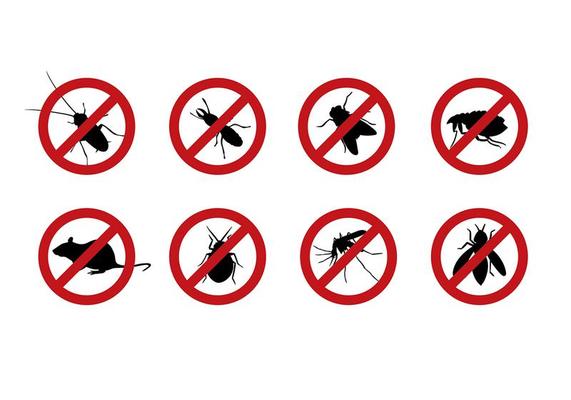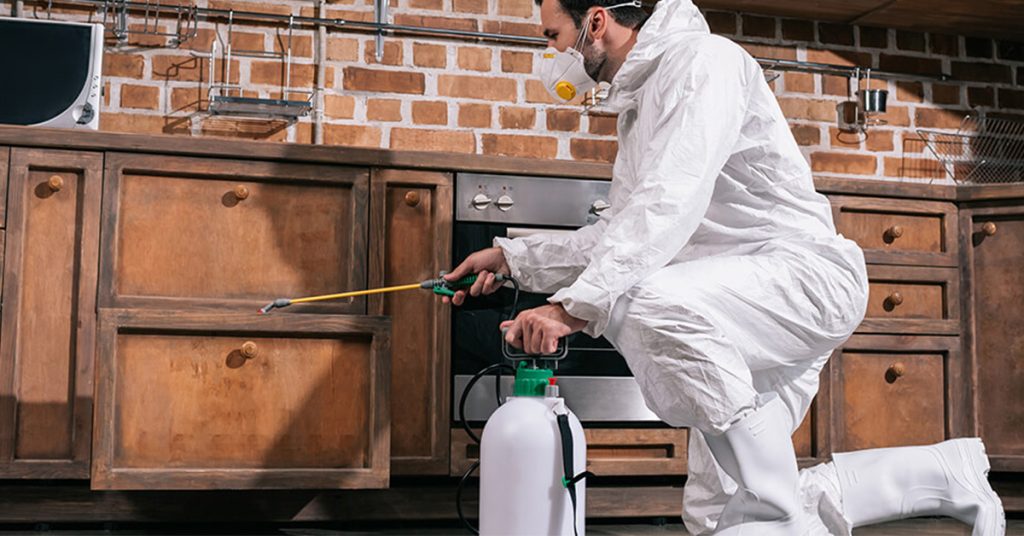Trust Pest Control Lockhart for Long-Lasting Pest Prevention
Trust Pest Control Lockhart for Long-Lasting Pest Prevention
Blog Article
Exploring Infestation and Treatment Strategies in the Globe of Insect Control
The landscape of pest control incorporates a myriad of challenges, especially as infestations of typical household insects remain to develop. Comprehending the actions and reproductive patterns of these hassles is crucial for establishing efficient treatment approaches. By incorporating preventative measures with innovative administration techniques, such as Integrated Insect Administration (IPM), house owners can much better protect their atmospheres. The efficiency of these techniques may vary considerably based on specific scenarios. What underlying elements add to the success or failing of these strategies in different setups?

Usual House Vermin
When it involves managing our space, understanding typical household pests is essential. These parasites not only disrupt our comfort however can also position wellness threats and damages building. The most common home pests include ants, roaches, rats, termites, and bed insects.
Ants, typically seen foraging in kitchens, can pollute food and establish large colonies. Roaches, understood for their resilience, can activate allergic reactions and spread virus. Rats, consisting of mice and rats, can create structural damages and carry conditions like hantavirus and salmonella. Termites, often described as "quiet destroyers," can compromise the honesty of wooden frameworks, bring about costly repair work. Bed pests, although not illness providers, can trigger substantial pain via their attacks and bring about mental distress.
Acknowledging the indications of these parasites, such as droppings, nests, or bite marks, is necessary for early treatment (Pest Control Lockhart). Correct sanitation methods, securing entry points, and keeping a clutter-free atmosphere are effective preventative steps. By identifying these usual household insects and recognizing their behaviors, house owners can take aggressive steps to minimize invasions, making certain a healthier living atmosphere
Comprehending Insect Infestations
Pest invasions can intensify promptly, turning a small inconvenience into a significant problem if not attended to without delay. Typical variables adding to invasions include bad cleanliness, architectural vulnerabilities, and seasonal adjustments that drive insects inside.
Identifying the kind of insect is necessary, as different varieties exhibit diverse actions and reproductive rates. As an example, rodents may establish nests in hidden areas while insects like cockroaches flourish in wet environments. Early detection usually depends upon identifying indicators such as droppings, munch marks, or uncommon audios, which can show a problem before it comes to be extreme.
Warm, humid climates can assist in the quick development of pest populations, while modifications in landscape design or building can unintentionally create conducive atmospheres. An educated approach to comprehending these dynamics lays the foundation for reliable parasite monitoring approaches in the future.
Therapy Techniques and Methods
Effective therapy approaches and strategies are crucial for reducing parasite infestations and restoring a secure environment. A multifaceted technique is commonly best, including chemical, biological, and mechanical methods tailored to the certain bug and the intensity of the problem.
Chemical therapies consist of making use of pesticides and herbicides, which can efficiently eliminate bugs. Correct application and adherence to safety and security guidelines are critical to reduce risks to humans and non-target organisms. Integrated Pest Administration (IPM) urges the judicious use chemicals as a last resource, counting instead on surveillance and limit levels to determine treatment demands.
Organic control methods involve introducing all-natural killers or parasites to reduce insect populaces. This technique is significantly preferred, particularly in agricultural settings, as it promotes environmental sustainability.
Mechanical approaches, such as traps and obstacles, give instant remedy for insects without presenting chemicals. Choices include sticky traps for bugs or physical barriers for rodents.
Eventually, the option of therapy approach must take into consideration the specific bug, the setting, and possible influence on human health and ecosystems. A balanced combination of these strategies can efficiently take care of problems while advertising long-term pest control solutions.
Preventive Measures for Homes
Proactively addressing parasite concerns prior to they escalate is essential for preserving a healthy and balanced home environment (Pest Control Lockhart). Carrying out efficient safety nets can dramatically minimize the possibility of problems, inevitably securing both your residential property and well-being

Appropriate landscaping likewise plays a crucial role in prevention. Keeping hedges and trees trimmed away from your house reduces the chances of pests locating their means inside your home. Ensure that drainage systems are operating successfully to stop standing water, which can draw in mosquitoes and various other bugs.
Finally, routine inspections are advisable. Frequently looking for indicators of insect activity enables for early intervention. By embracing these safety nets, property owners can develop a setting that is less hospitable to bugs, thus enhancing their general quality of life and reducing the need for extensive insect control interventions.
Business Pest Control Strategies
A detailed strategy to industrial insect control is vital for services intending to maintain a risk-free and sanitary setting. Reliable approaches entail a mix of regular evaluations, worker training, and the application of Integrated Parasite Monitoring (IPM) methods.
Routine evaluations make it possible for early discovery of pest task, enabling timely intervention. Businesses must create a regular timetable for these evaluations, concentrating on high-risk locations such as kitchens, storeroom, and garbage disposal websites. Employee look at this website training is just as essential; personnel ought to be educated on the indicators of insect infestations and the importance of reporting them instantly.
Implementing IPM practices helps alleviate insect issues sustainably. This consists of habitat alteration, such as securing entrance factors and lowering clutter, in addition to utilizing natural deterrents before turning to chemical treatments.

Moreover, working together with a qualified pest control company makes sure access to specialist knowledge and sophisticated treatment options. This collaboration can bring about customized bug control prepares tailored to the particular demands of the organization, decreasing threats and enhancing overall effectiveness. Eventually, a proactive and informed visit the site approach fosters a pest-free environment, safeguarding both public health and business track record.
Verdict
In final thought, reliable parasite control demands an extensive understanding of typical household bugs and their actions, coupled with targeted therapy techniques. Implementing precautionary procedures together with treatment strategies such as Integrated Insect Administration and organic control improves the capacity to reduce problems.
Report this page